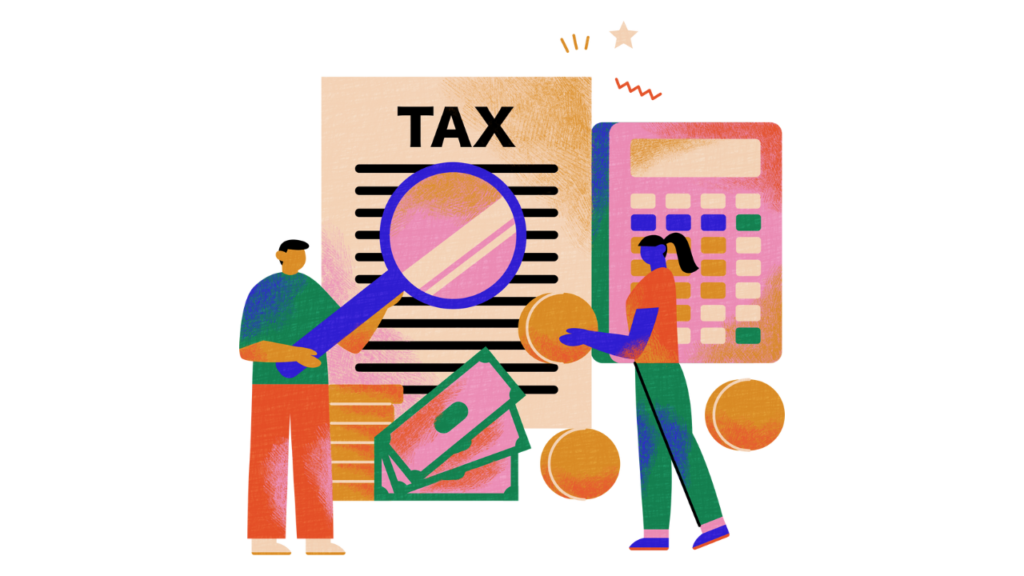The PM Shram Yogi Maan-Dhan Yojana is a government-backed pension scheme designed to provide financial security to workers in the unorganized sector. Launched by the Government of India, this scheme ensures a stable post-retirement life for laborers and daily wage earners. Given the precarious financial conditions faced by informal sector workers, this initiative plays a crucial role in securing their future.
In this article, we will delve into the details of the PM Shram Yogi Maan-Dhan Yojana, exploring its benefits, eligibility criteria, and how individuals can enroll in this scheme.
With millions of workers engaged in low-income jobs, it becomes imperative to ensure financial security post-retirement. Unlike salaried employees who have access to schemes like EPFO (Employees’ Provident Fund Organization) or NPS (National Pension System), unorganized workers often do not have a structured savings plan for their old age.
To bridge this gap, the Government of India introduced the PM-SYM scheme, offering a guaranteed pension to those in need.
What is PM Shram Yogi Maan-Dhan Yojana?

The PM Shram Yogi Maan-Dhan Yojana (PM-SYM) is a voluntary and contributory pension scheme specifically for unorganized sector workers, ensuring a monthly pension of Rs. 3,000 after the age of 60. This initiative aims to provide financial stability to individuals with low and irregular incomes, such as street vendors, rickshaw pullers, domestic workers, and construction laborers.
The scheme was officially launched in 2019, with an objective to help unorganized workers who do not have sufficient financial backup for their retirement. It is administered by the Ministry of Labour and Employment in collaboration with the Life Insurance Corporation (LIC) of India, which acts as the pension fund manager.
The scheme works on a simple principle: subscribers contribute a small monthly amount, which is matched equally by the government, ensuring a stable pension post-retirement.
Key Features of PM Shram Yogi Maan-Dhan Yojana
- Pension Benefit: Eligible subscribers receive a monthly pension of Rs. 3,000 after retirement.
- Contribution-Based Scheme: Workers contribute a nominal monthly amount, matched equally by the government.
- Auto Debit Facility: Contributions are automatically deducted from the subscriber’s savings bank account.
- Family Pension: In case of the subscriber’s demise, the spouse receives 50% of the pension amount.
- Government Support: The central government contributes an equal amount to the pension fund.
- Voluntary Enrollment: Eligible individuals can voluntarily enroll in the scheme.
- No Lump-Sum Withdrawal: Unlike EPFO or PPF, the benefits of this scheme are only available as monthly pensions post-retirement.
Also Read:- Top 5 Benefits of PM Kisan Samman Nidhi Scheme for Farmers
Benefits of PM Shram Yogi Maan-Dhan Yojana
1. Financial Security After Retirement

This scheme ensures that workers in the unorganized sector have a steady income post-retirement, reducing financial dependency on family members.
2. Affordable Contributions
The contribution amount ranges between Rs. 55 to Rs. 200 per month, depending on the enrollee’s age, making it accessible to low-income workers.
3. Government Co-Contribution
For every rupee contributed by the worker, the Government of India contributes an equal amount, doubling the savings over time.
4. Easy Enrollment Process
Workers can enroll through the Common Service Centers (CSC) using their Aadhaar card and bank account details.
5. Tax Benefits

Contributions made towards the PM-SYM scheme qualify for tax benefits under Section 80C of the Income Tax Act.
6. Protection Against Inflation
While the pension amount is fixed, it provides a safety net that helps combat the rising cost of living.
7. Social Welfare and Dignity
For unorganized sector workers, this scheme not only provides financial aid but also promotes social security, ensuring they lead a life of dignity post-retirement.
Eligibility Criteria for PM Shram Yogi Maan-Dhan Yojana
To avail of the benefits of this scheme, applicants must meet the following eligibility conditions:
- Must be an Indian citizen.
- Should be in the age range of 18 to 40.
- Monthly income should be Rs. 15,000 or below.
- Must belong to the unorganized sector (e.g., street vendors, ragpickers, domestic workers, laborers, etc.).
- Should not be covered under EPFO, NPS, or ESIC.
- Must not be an income taxpayer.
How to Enroll in PM Shram Yogi Maan-Dhan Yojana?
Workers can enroll in the scheme by following these steps:
- Visit the Nearest Common Service Center (CSC)
- Carry Aadhaar card and bank passbook.
- Provide mobile number for registration.
- Registration Process
- The Village Level Entrepreneur (VLE) at the CSC will assist in filling out the application.
- The first installment is paid through the bank account, and the auto-debit system is activated.
- Receive Pension Card
- After successful registration, a unique PM-SYM Pension Card is issued.
Also Read:- Best Government Schemes for Farmers in Maharashtra ( 2025 )
Conclusion
The PM Shram Yogi Maan-Dhan Yojana is a crucial initiative for unorganized sector workers, offering them a secure future with minimal financial burden. By contributing a small amount regularly, workers can ensure a steady income post-retirement, promoting financial independence and dignity. If you or someone you know qualifies for this scheme, consider enrolling today to secure a better tomorrow.
Frequently Asked Questions (FAQs)
1. Can I withdraw from the scheme before 60 years?
- Yes, but the withdrawal amount depends on the duration of contribution. Early exit results in receiving only the contributed amount with interest.
2. What happens if a subscriber stops contributing?
- The account remains active for some time, and contributions can be resumed. However, prolonged inactivity may result in discontinuation of benefits.
3. Is there any penalty for late payments?
- No penalty is imposed, but timely contributions ensure uninterrupted benefits.
4. How is the scheme different from other pension plans?
- Unlike private pension plans, this scheme has government backing and equal contributions from the government, making it more beneficial for low-income workers.







